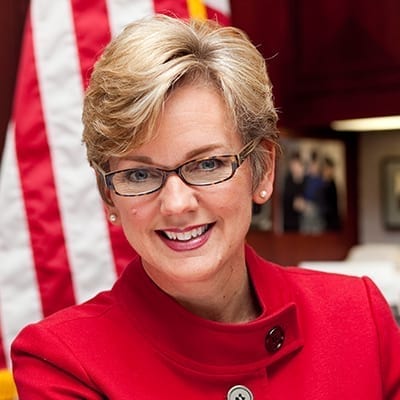
RadWaste Monitor Vol. 14 No. 18
Visit Archives | Return to Issue PDF
Visit Archives | Return to Issue PDF
RadWaste & Materials Monitor
Article 1 of 7
May 07, 2021
Next Steps on Interim Storage Months Away, Granholm Says

The Department of Energy is working on a “strategic approach” for developing a federal interim storage facility for spent nuclear fuel, the Secretary of Energy told members of Congress this week.
Jennifer Granholm, testifying Thursday on DOE’s 2022 budget…
Partner Content
Jobs